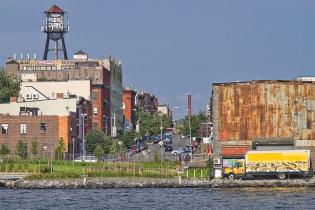Search
Program
Desert Tortoise Recovery Partnership
The Desert Tortoise Recovery Partnership (DTRP) was formed through partnerships between the National Fish and Wildlife Foundation (NFWF), U.S. Marines Corps, U.S. Army, Department of Defense, U.S. Fish and Wildlife Service (USFWS) and the U.S. Bureau of Land Management (BLM) to coordinate implementation of strategies and provide additional resources to address the pressing conservation needs of the Mojave desert tortoise in the West Mojave Desert of southeastern California. The DTRP was established as an effort of the Recovery and Sustainment Partnership (RASP), a joint initiative of the Department of Defense and the Department of the Interior to develop species conservation and recovery programs and provide increased flexibility for military missions.Image

Program
New York City Environmental Fund
The New York City Environmental Fund (NYCEF) is an environmental grant program created by the New York State Department of Environmental Conservation (DEC) to foster community stewardship of waterways, shorelines, parklands and open spaces in New York City.Image
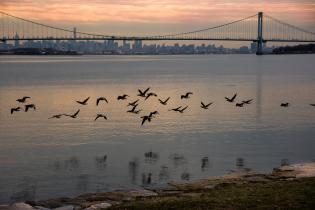
Program
Seabirds
The National Fish and Wildlife Foundation’s Seabirds Program enhances the viability of seabird populations by increasing their survival and reproduction to levels that will allow for long-term sustainability. The program currently focuses on the Pacific, one of the most globally significant regions for threatened seabirds.Image
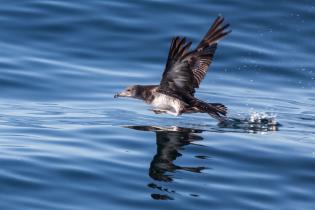
Program
Bring Back the Native Fish
Bring Back the Native Fish (BBNF) awarded its first grant in 1991 and invested nationwide for over 30 years in conservation activities that restore, protect and enhance native populations of sensitive or listed fish species across the United States, especially in areas on or adjacent to federal agency lands. The program emphasized coordination between private landowners and federal agencies, Tribes, corporations and states to improve the ecosystem functions and health of watersheds.Image
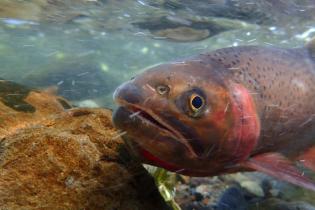
Program
Vessel Strike Avoidance Fund
The Vessel Strike Avoidance Fund seeks to support the development and adoption of innovative technology solutions to provide mariners with tools to more effectively avoid collisions (vessel strikes) with large whales and benefit conservation of critically endangered North Atlantic right whales and other cetacean species. The program is a partnership between NFWF and the National Oceanic and Atmospheric Administration and focuses primarily on the Atlantic Coast, the range of the right whale.Image
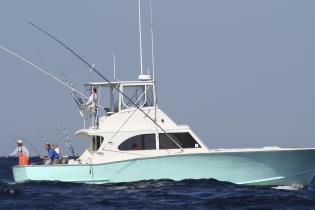
Program
New England Gear Innovation Fund
The New England Gear Innovation Fund, a part of the Fisheries Innovation Fund, seeks to support the development and adoption of innovative gear technologies that reduce the risk of lethal or sub-lethal fishing gear entanglement for the critically endangered North Atlantic right whale (NARW). The program, which is a partnership between NFWF and the National Oceanic and Atmospheric Administration, focuses on the New England region of the United States.Image
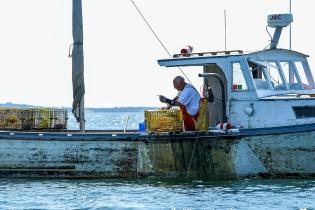
Program
Greenpoint Community Environmental Fund
The Greenpoint Community Environmental Fund is designed to provide environmental improvements and address environmental areas of concern such as water quality, groundwater, open space, reduction of toxic pollution, and air quality in the Greenpoint, Brooklyn community.Image
